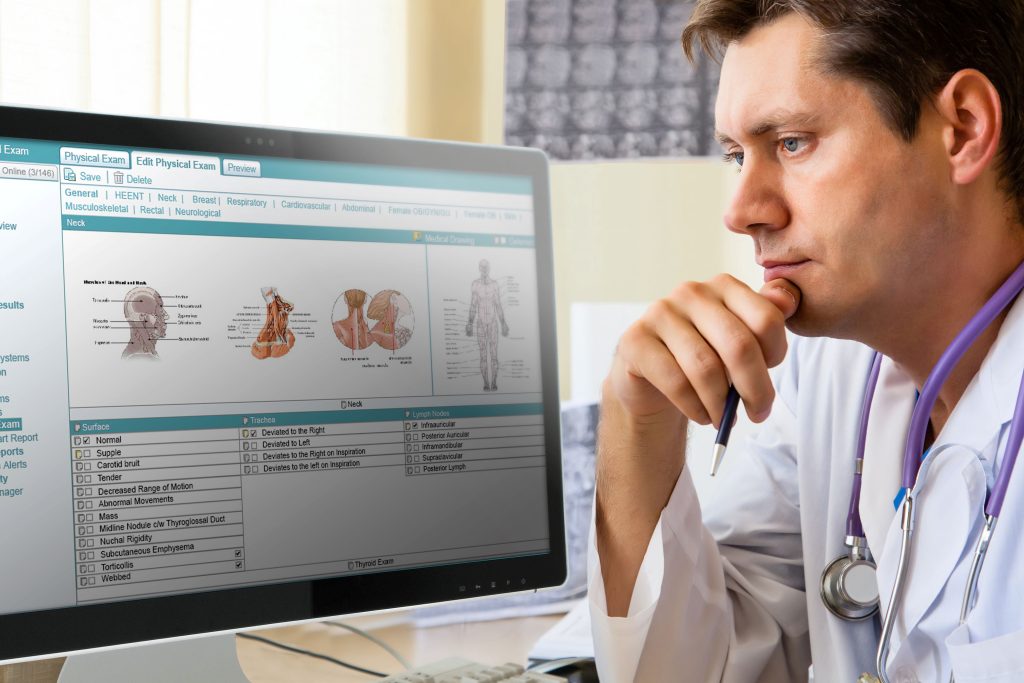
Since 2002, the usage of digital twins, or virtual representations of actual objects, has been widespread in business to improve production and product life cycles. The term “health digital twins” (HDT) has, however, only recently been used in the field of medicine.
Health digital twins are characterized as virtual representations of patients (the “digital twin”) created from population data, real-time updates on patient and environmental variables, and multimodal patient data. Health digital twins offer ground-breaking applications in precision medicine, clinical trials, and public health by modeling random perturbations on the digital twin to acquire an understanding of the expected behavior of the physical twin.
A digital twin is a sophisticated technology that, when used appropriately, can successfully address challenging issues. Here is how digital twins function and why they are important.
Digital twin of a healthcare facility
A virtual twin of a hospital can be created using digital twin technology, and it can be used to analyze operational strategies, resource planning & allocation, staffing, and care models in order to pinpoint problem areas, anticipate upcoming difficulties, and enhance organizational strategy. In order to create facility replicas and therefore optimize facility resources, digital twins of hospitals might be deployed.
In order to detect bed shortages, optimize staff schedules, and assist with room operations, hospital management can develop digital twins by using historical and real-time data about hospital operations and the surrounding environment.
Such information increases the efficiency of resources and optimizes the hospital’s and staff’s performance, while decreasing costs.
Digital twin of the human body
Digital twins are also applied for modeling organs and single cells or an individual’s genetic makeup, physiological characteristics, and lifestyle habits to create personalized medicine and treatment plans. With individualized diagnosis and appropriate treatment planning, these reproductions of the internal systems of the human body enhance medical care and patient care.
Digital twins for medicine and device development
New pharmaceuticals and medical equipment can be better designed, developed, tested, and monitored with the help of digital twins in the healthcare industry.
Exploring innovations in biopharmaceutical manufacturing, it becomes evident that Germfree’s mobile CGMP cleanrooms play a pivotal role in enabling flexible production environments. These facilities are designed to meet rigorous standards, ensuring that each project complies with the highest quality controls. This adaptability not only accelerates product development but also significantly reduces the time to market for critical medications.
Digital twins of pharmaceuticals and chemical compounds allow for the redesign or modification of medications while taking into account particle size and content to enhance delivery effectiveness.
Digital twins of medical devices give designers the ability to test a device’s features or applications, change the design or materials, and evaluate the results of the changes in a virtual setting before manufacture. This considerably lowers the expenses associated with failures and improves the end product’s performance and safety.
DT Research’s rugged medical tablets and medical computers are purpose-built for healthcare environments from hospitals to ERs, to nursing homes to outpatient care centers.
These medical tablets and computers easily integrate with digital twin technology to make information easily accessible in real time. It also integrates large touch screens and high-performance yet energy-efficient processors in slim, durable, bacteria-resistant package that allows work to get done quickly and efficiently in a safe environment from bacteria and viruses. With data capture modules, these tablets and computers offer health professionals effective tools to integrate Digital Twins technology.

